What is a Header Punch and Why is it Essential in Fastener Manufacturing?

In fastener manufacturing, even a slight deviation in the head or profile of screws, bolts, and nuts can lead to assembly issues, costly rework, or production delays. Many manufacturers struggle with maintaining high precision and consistency in mass production, especially when using substandard tooling. Without the right equipment, achieving the durability and reliability that modern […]
Why Is the Nut Forming Die So Critical for Your Production Success?

Are you grappling with high production costs, inconsistent quality, or excessive material waste in your fastener manufacturing? Nut forming dies are the unsung heroes of efficient, high-precision nut production, directly shaping raw materials into finished nuts with unparalleled consistency and speed, making them indispensable for your operational success. 成功执行了 1 项查询 In the high-stakes world […]
How Does Flat Thread Rolling Impact the Strength and Quality of the Threads Compared to Cutting?
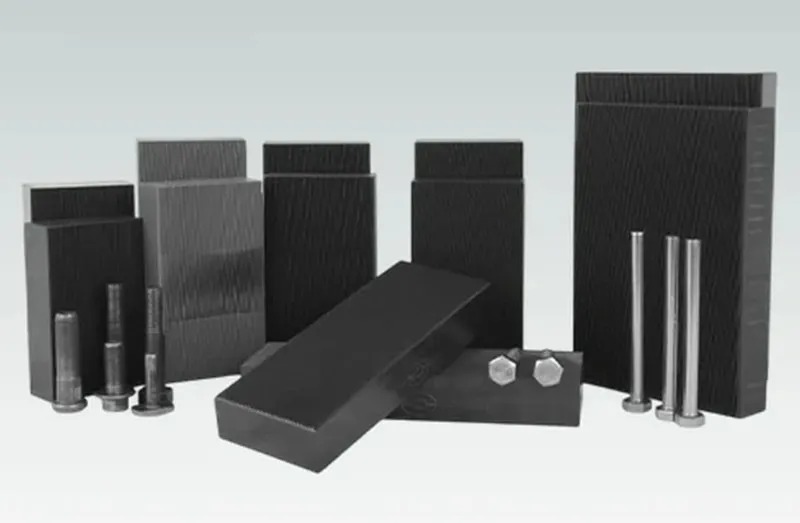
When manufacturing threaded fasteners, two primary methods stand out: thread rolling and thread cutting. But what are the tangible differences, and which method produces a superior thread? Flat thread rolling significantly impacts the strength and quality of threads by cold-forming the material, which creates a stronger, smoother, and more fatigue-resistant thread compared to thread cutting, […]
Common Problems with Flat Thread Rolling Dies and Their Solutions
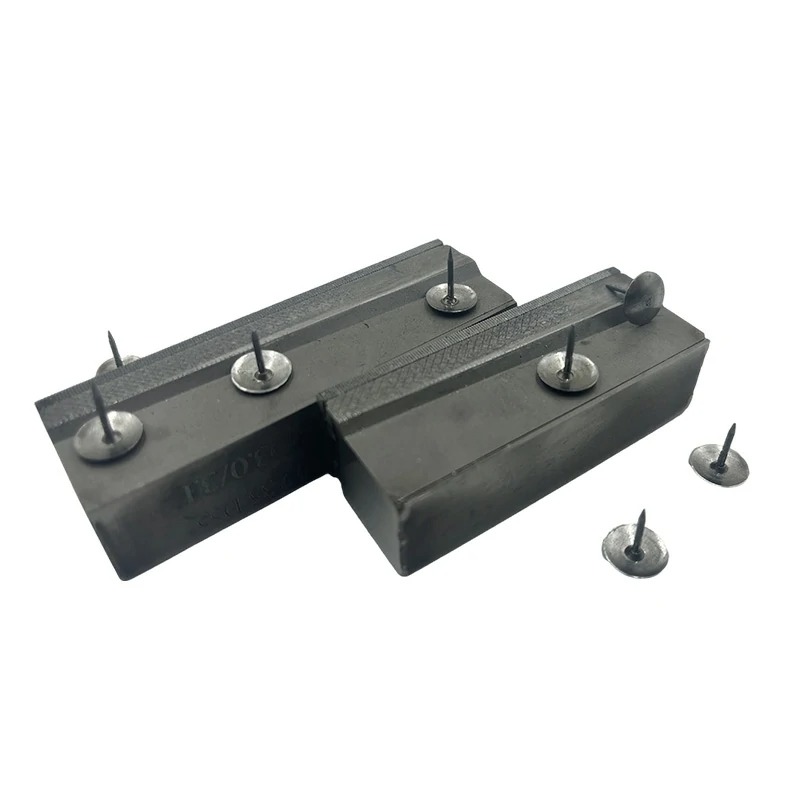
Even in the highly efficient world of thread rolling, problems can arise that compromise fastener quality and production rates. What are these common issues, and how can manufacturers tackle them? The common problems encountered with flat thread rolling dies include premature die wear, thread defects like incomplete or malformed threads, and die breakage, all of […]
What Are the Typical Thread Length Limits When Using Flat Thread Rolling Dies?
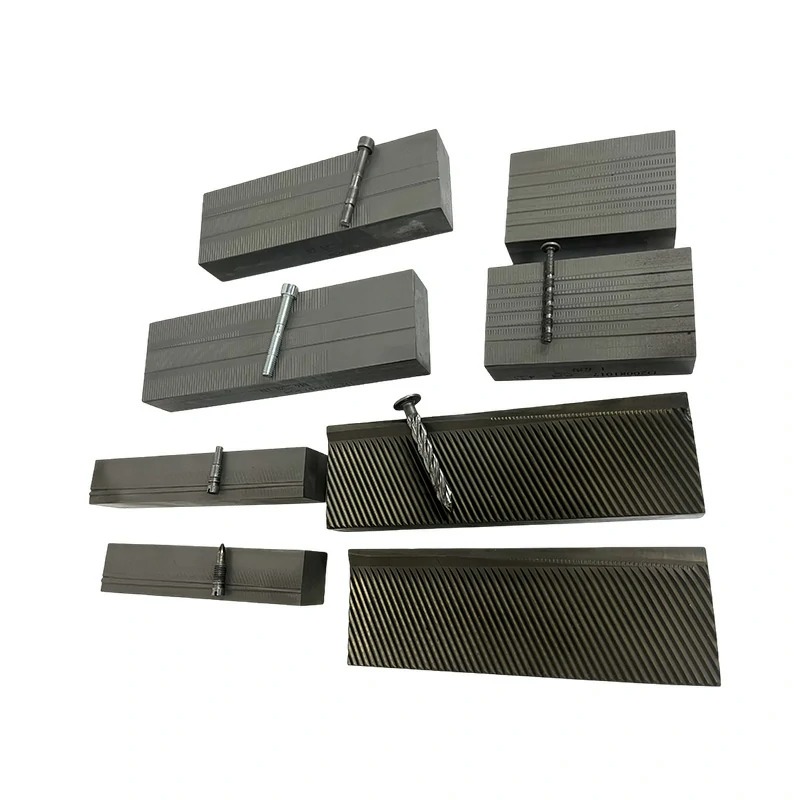
When a manufacturer plans to produce threaded fasteners, one of the most critical design questions is how long the thread can be. So, what are the limits? The typical thread length limits when using flat thread rolling dies are determined by the length of the dies themselves; the maximum thread length is generally equal to […]
What Materials Can Be Processed Using Flat Thread Rolling Dies?
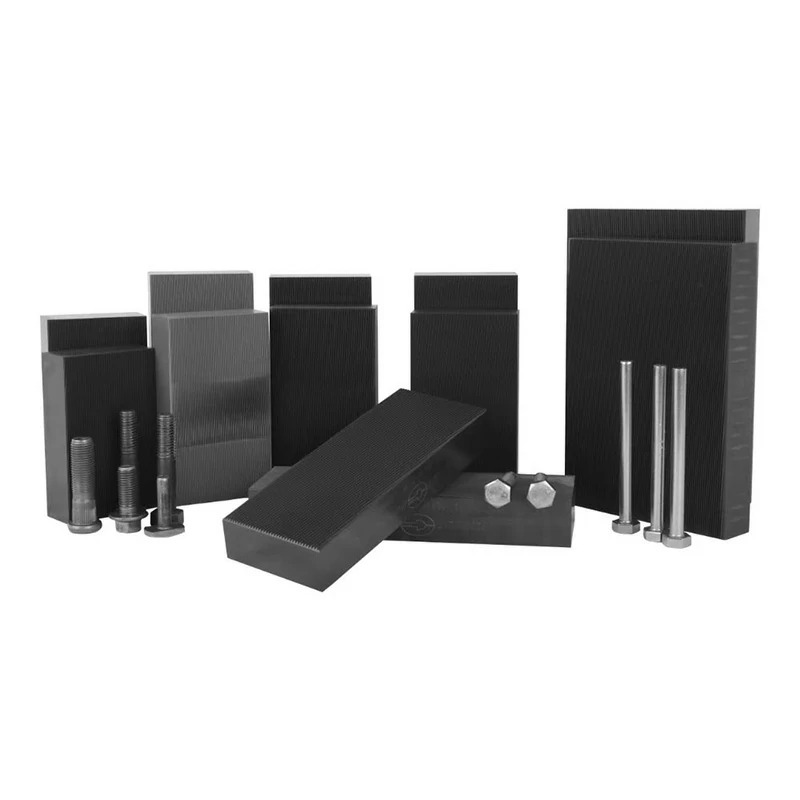
When manufacturing fasteners, the choice of material is crucial, but equally important is the process used to form the threads. So, what kinds of metals can be turned into threads using flat thread rolling dies? Flat thread rolling dies can process a wide range of ductile metals, including most grades of steel (low-carbon, medium-carbon, and […]
Which Industries Commonly Use Flat Thread Rolling Dies?
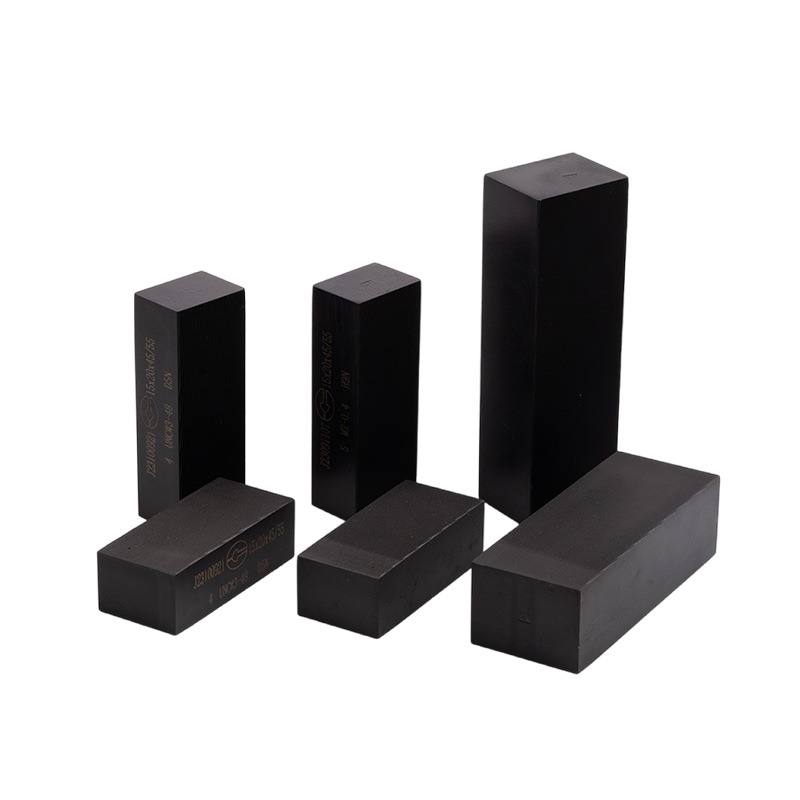
Have you ever wondered how the threads on the screws, bolts, and fasteners that hold our world together are made with such incredible precision and speed? The answer often lies in thread rolling, a cold-forming process that uses specialized tools. Flat thread rolling dies are most commonly used in high-volume fastener manufacturing for industries where […]
Cold Forming Die Failures: Causes & Prevention

Cold forming dies are the workhorses of the fastener and metal parts industry, enduring immense forces to shape metal with precision. However, their demanding operational environment makes them susceptible to various modes of failure that can halt production. Understanding the common failures of cold forming dies – such as wear, cracking, chipping, and galling – […]
Cold Heading Die Design: Precision Principles

How do manufacturers create billions of perfectly formed fasteners with such incredible speed and consistency? The secret lies not just in the cold heading machine, but fundamentally in the precision of its tooling. Cold heading die design is paramount because it directly dictates the final product’s quality, the manufacturing process’s efficiency, and the lifespan of […]
Heat Treatment in Fastener Die Manufacturing
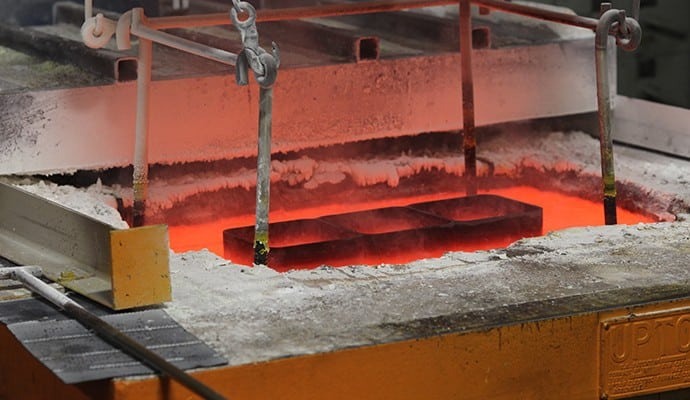
Have you ever considered the invisible processes that give manufacturing tools their strength and durability? In the world of fastener production, where dies endure immense pressure and friction, heat treatment is not merely a step, but the most critical process in fastener die manufacturing; it transforms raw tool steel into the high-performance, wear-resistant, and tough […]
